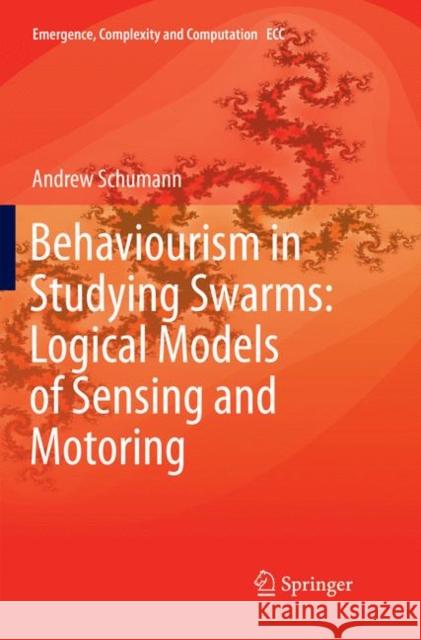Behaviourism in Studying Swarms: Logical Models of Sensing and Motoring » książka
topmenu
Behaviourism in Studying Swarms: Logical Models of Sensing and Motoring
ISBN-13: 9783030082710 / Angielski / Miękka / 2019 / 468 str.
Kategorie:
Kategorie BISAC:
Wydawca:
Springer
Seria wydawnicza:
Język:
Angielski
ISBN-13:
9783030082710
Rok wydania:
2019
Dostępne języki:
Numer serii:
000453095
Ilość stron:
468
Waga:
0.66 kg
Wymiary:
23.39 x 15.6 x 2.46
Oprawa:
Miękka
Dodatkowe informacje:
Wydanie ilustrowane











